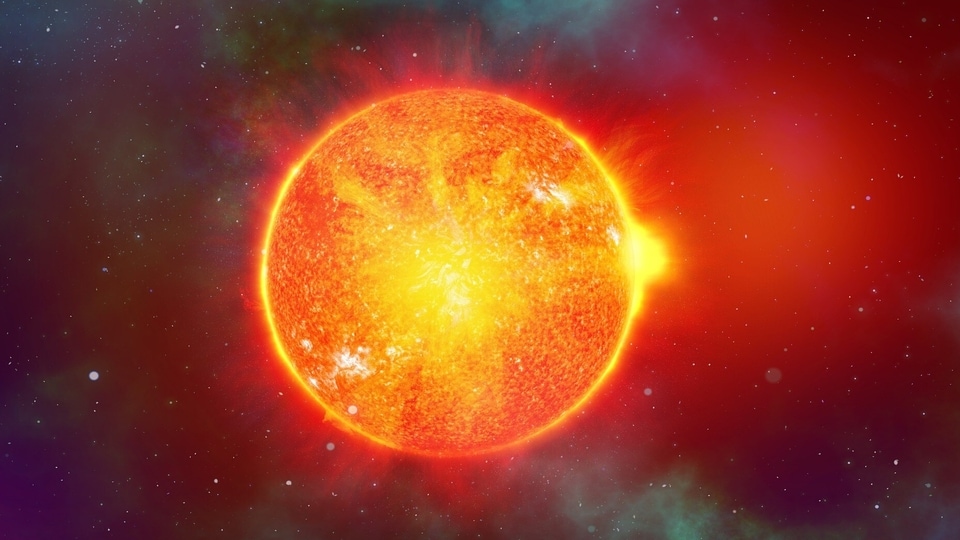Alert! Giant sunspot emerges on Sun; can blast dangerous X-class solar flares at Earth
One of the largest sunspots of the year has emerged on the Sun. Scientists are concerned that it can cause an X-class solar flare eruption directed towards the Earth.
_1639373804152_1659933055983_1659933055983.jpg)
_1650614444757_1650614518141.png)




 View all Images
View all ImagesJust hours after the Earth was struck by a G2-class solar storm, a scarier development has occurred on the Sun. A new sunspot has emerged on the Earth-facing side of the solar disk. And this sunspot, named AR3112, is one of the largest seen this year. Just based on its size, it is capable of causing an X-class solar flare which can result in widespread radio blackout on Earth. The event was recorded using the tech marvel DSCOVR satellite. It has various instruments to observe temperature, speed, density, degree of orientation and frequency of solar particles ejecting from the Sun and calculates their intensity. So, can this sunspot spell disaster for us? Read on to find out.
The concerning development was reported by SpaceWeather.com which noted on its website, “One of the biggest sunspots in years has just rotated over the sun's northeastern limb. AR3112 has more than a dozen dark cores scattered across 130,000 km of solar terrain. The emergence of AR3112, already fully formed and unstable, could herald two weeks of high solar activity as the sunspot group transits the solar disk, facing Earth the whole time”.
Giant sunspot spells trouble for Earth
The multiple cores and the conflicting magnetic lines in the sunspot makes it a very volatile and dangerous space. The sunspot is fully capable of triggering an X-class solar flare. X-class solar flares are the strongest witnessed by scientists. They can send radiation so powerful that a widespread area can experience radio blackouts. Just yesterday, a solar flare eruption caused GPS disruption and emergency service providers in the USA, who are battling hurricane Ian, were rendered useless for a period of time.
Earlier this month, another solar flare eruption caused radio blackouts in regions of Africa and the Middle East. Solar flares are also a premonition of incoming solar storms which usually hit the Earth 24-48 hours after the eruption. Solar flare strikes typically take about 8 minutes since it only contains radiation.
Also, the risk with this particular sunspot is that there could be multiple such solar flare strikes in the time it faces the Earth, compounding the effect it can cause. Such radiation blasts can disrupt GPS, Internet and mobile phone networks. That would entirely eliminate communication systems and cause massive chaos in the world.
Catch all the Latest Tech News, Mobile News, Laptop News, Gaming news, Wearables News , How To News, also keep up with us on Whatsapp channel,Twitter, Facebook, Google News, and Instagram. For our latest videos, subscribe to our YouTube channel.





























